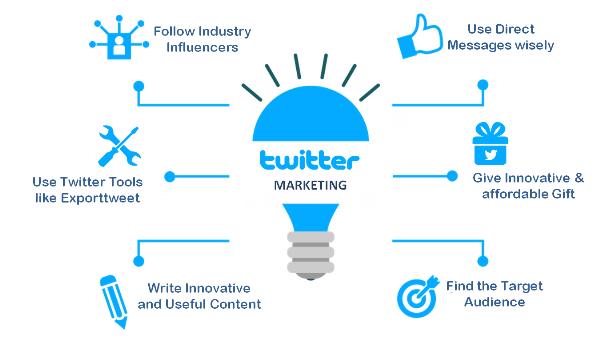AI-first development reimagines software architecture by placing artificial intelligence at its core, enabling systems to process information and make decisions with human-like speed and precision. This approach transforms how applications handle real-time data, turning raw inputs into actionable insights before a user finishes clicking a button. Let's explore how this paradigm shift is rewriting the rules of responsiveness in technology.
The Architecture of Instant Intelligence
AI-first systems are built on three pillars that enable real-time processing:
1. Stream Processing Engines
These systems analyze data in motion rather than at rest. Imagine a security camera network that doesn't just record footage but instantly flags anomalies using edge-based AI models. Technologies like Apache Kafka and Flink process millions of events per second, allowing applications to:
Detect credit card fraud during transaction authorization.Adjust traffic light patterns based on live congestion data.Personalize shopping recommendations as users browse2. Hybrid Learning Systems
Traditional AI models work like textbooks-- full of knowledge but static. AI-first systems combine this foundational knowledge with real-time context:
Language models cross-reference live news feeds during conversations.Medical diagnostic tools update predictions as new patient vitals stream inSupply chain algorithms adjust routes based on weather satellite feeds.3. Edge Computing Networks
By moving processing closer to data sources, AI-first systems slash latency:
Cloud AIEdge AI
500ms+ latencyThis distributed architecture enables real-time responses in critical scenarios like autonomous vehicle collision avoidance.The Human Impact of Real-Time AI
Cognitive Offloading in Daily Life
Healthcare: Continuous glucose monitors now predict blood sugar crashes 30 minutes before symptoms appear, giving diabetics time to react.
Finance: Trading algorithms execute microsecond-speed arbitrage while fraud detection systems block suspicious transactions mid-swipes.
Retail: Stores like Amazon Fresh adjust prices dynamically based on shelf stock levels and competitor pricing scraped in real-time.
The Personalization Paradox
While users love tailored experiences, AI-first systems walk a tightrope between relevance and creepiness. A music app that queues your workout playlist as you lace up sneakers feels magical. The same technology tracking eye movements to serve ads risks alienating users. Successful implementations focus on perceived value exchange-- users tolerate data collection when benefits outweigh privacy concerns.
Building Blocks for Developers
Implementing real-time AI requires specialized tooling:
1. Time-Series Databases
Tools like InfluxDB handle timestamped data streams while preserving millisecond precision-- crucial for applications like:
High-frequency trading platformsIndustrial sensor monitoringLive sports analytics2. Model Serving Infrastructure
Traditional batch-oriented systems crumble under real-time demands. Solutions like TensorFlow Serving and NVIDIA Triton enable:
A/B testing models with live trafficZero-downtime updatesAutomatic scaling during traffic spikes3. Streaming Feature Stores
These maintain constantly updated data views for AI models:
Ride-sharing apps track driver locations and surge patterns.News aggregators monitor trending topics and social sentiment.Smart factories update equipment failure probabilities.The Invisible Revolution
Most users never see the complex machinery powering real-time AI. A coffee shop app suggesting your usual order seems simple, but behind the scenes:
Geolocation pins your arrival.
Loyalty data checks your preferences.
Inventory systems confirm oat milk availability.
Queue prediction models estimate wait time.
All processed in under 200ms-- faster than barista greeting time.Read More: How AI-First Software and Platforms are Transforming Businesses
Challenges in the Fast Lane
Data Tsunamis
A single autonomous vehicle generates 4TB of daily data. Processing this deluge requires:
Lossy Compression: Prioritizing critical signals (e.g., obstacle detection over infotainment).
Approximate Algorithms: Trading perfect accuracy for speed in non-critical tasks.
The Ethics of Instant.
Real-time systems amplify AI's ethical challenges:
Algorithmic bias manifests faster.Error correction windows shrink.Audit trails become fragmented.Leading teams implement:Real-time bias detection layers.Kill switches for malfunctioning models.Blockchain-based decision logs.The Future of Now.
Emerging technologies will push real-time AI further:
1. Photonic Computing.
Light-based processors promise sub-nanosecond latency for applications like:
Millimeter-wave trading.
Augmented reality surgery.
Quantum encryption.
2. Neuromorphic Chips.
Brain-inspired silicon processes sensory data with biological efficiency:
Smell recognition for food safety.
Texture analysis in manufacturing.
Emotional tone detection in calls.
3. Self-Healing Models.
AI systems that diagnose and fix themselves:
Automatic retraining on data drift.
Architecture optimization during runtime.
Security vulnerability patching.
Conclusion: The Need for Speed.
AI-first development isn't just about working faster-- it's about creating systems that think and adapt at the speed of life itself. From preventing industrial accidents to enabling real-time language translation, this technological evolution blurs the line between human and machine decision-making. As developers, our challenge lies in harnessing this power responsibly, ensuring real-time AI remains a tool for human empowerment rather than a force of disruption. The future belongs to those who can process it-- literally.



AI-first development approaches to real time data processing illustrate a nuanced balance between instant responsiveness and deep learning algorithms, ensuring seamless integration of advanced analytics with the urgency required by rapidly evolving digital environments.
In AI-first development, real-time data processing is optimized through advanced algorithms and scalable infrastructure to ensure timely insights from streaming information,
AI-first development excels in real time data processing by leveraging advanced algorithms that can efficiently crunch through large volumes of information with the accuracy and speed essential for today's fast paced, responsive systems.














